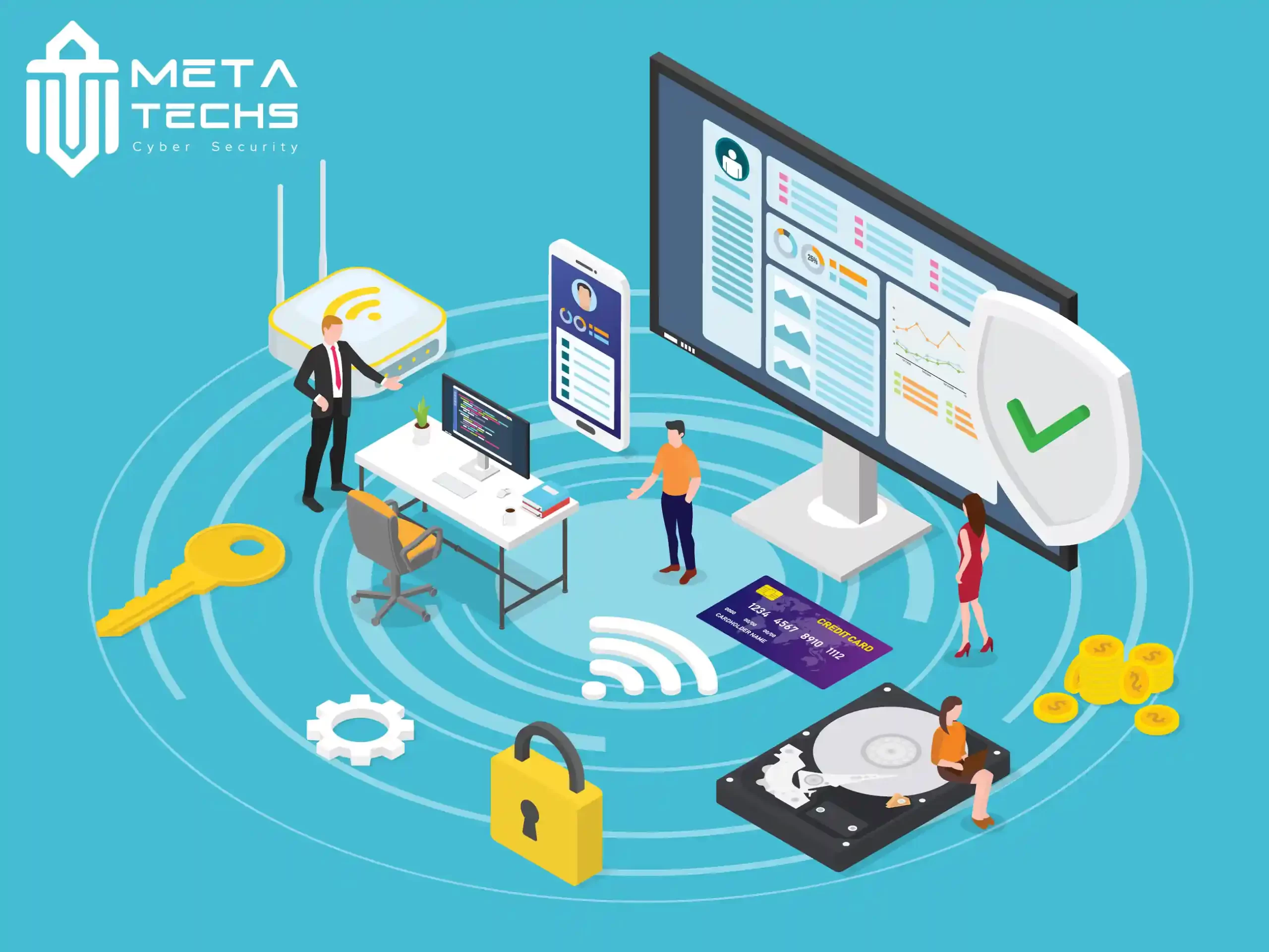As technology continues to advance, so do vishing in cyber security that employed by hackers to exploit vulnerabilities and gain unauthorized access to sensitive information. One such method that has gained significant traction in recent years is vishing, a term that combines “voice” and “phishing.” In this article,we will delve into the world of vishing in cyber security, shedding light on what it is, how it works, and the impact it can have on businesses and individuals.

What is Vishing and How Does it Work?
vishing meaning in cyber security a form of social engineering where attackers use voice communication to deceive individuals into divulging sensitive information or performing certain actions that can compromise their security. Unlike traditional phishing attacks, which rely on email or text messages, vishing leverages the power of voice communication, making it a more persuasive and difficult-to-detect method.
Hackers often impersonate legitimate organizations or individuals, posing as trusted entities such as banks, government agencies, or even technical support personnel. They employ various techniques to manipulate their victims, such as creating a sense of urgency or fear, offering enticing rewards, or using sophisticated social engineering tactics to gain their trust.
Common Vishing Techniques Used by Hackers
cyber security vishing attacks can take on many forms, each designed to exploit different vulnerabilities and psychological triggers. Some common techniques employed by hackers include:
Voice Phishing:
This technique involves a phone call from an attacker pretending to be a representative from a reputable organization. They may claim that there has been suspicious activity on the victim’s account and request sensitive information, such as passwords or credit card details, under the guise of resolving the issue.
learn more about : What is CEO Fraud ? And how to protect against it
Caller ID Spoofing:
By manipulating the caller ID displayed on the recipient’s phone, attackers can make it appear as though the call is coming from a legitimate source. This technique adds an extra layer of credibility to their deception, making it more likely for the victim to fall for their ploy.
Pretexting:
In a pretexting attack, hackers create a false narrative to trick individuals into revealing personal information or performing certain actions. They may pose as a co-worker, a friend, or even a law enforcement officer, using emotional manipulation and persuasive tactics to gain the victim’s trust.
The Impact of Vishing on Businesses and Individuals
The consequences of falling victim to cyber security vishing attack can be severe for both businesses and individuals. From a business perspective, vishing attacks can lead to financial loss, reputational damage, and legal implications. Hackers can gain access to sensitive corporate data, intellectual property, or customer information, which can be exploited or sold on the dark web.
For individuals, the impact can be equally devastating. Vishing attacks can result in identity theft, financial fraud, or unauthorized access to personal accounts. Victims may find themselves facing financial ruin, damaged credit scores, or even legal troubles if their personal information is used for illegal activities.
What is an Example of a Vishing Call?
To better understand how vishing attack in cyber security unfold, let’s consider an example. Imagine receiving a phone call from someone claiming to be a representative from your bank. The caller informs you that there has been suspicious activity on your account and asks you to confirm your account details, including your username, password, and social security number.
Unbeknownst to you, the caller is an attacker attempting to gain access to your bank account. By providing them with the requested information, you inadvertently compromise your security and expose yourself to potential financial loss and identity theft.
What is Phishing Vishing and Smishing?
Phishing vishing and smishing are variations of vishing attacks that utilize different communication channels. Phishing vishing combines voice communication with email, where attackers send fraudulent emails prompting recipients to call a specific number. Smishing, on the other hand, combines voice communication with SMS text messages, where attackers send text messages containing links or phone numbers to deceive individuals.
How Can We Prevent vishing in cyber security?
Preventing vishing attacks requires a combination of awareness, vigilance, and technological solutions. Here are some essential steps individuals can take to protect themselves:
- Be cautious of unsolicited calls: Do not share personal or sensitive information over the phone unless you initiated the call and are certain of the legitimacy of the recipient.
- Verify the caller’s identity: Ask for their name and affiliation, then independently verify their credentials by calling the organization they claim to represent.
- Educate yourself and others: Stay informed about the latest vishing in cyber security techniques and share this knowledge with friends, family, and colleagues. Awareness is key to preventing attacks.
- Implement call screening and blocking: Utilize call screening features on your mobile device and consider blocking numbers associated with known vishing attacks.
Conclusion
In conclusion after knowing about, vishing definition in cyber security, vishing presents a significant threat in the realm of cyber security. Hackers are continually refining their techniques, making it crucial for individuals and organizations to stay informed, remain vigilant, and employ the necessary preventive measures. By raising awareness, educating ourselves, and leveraging advanced technologies, we can mitigate the risk of falling victim to vishing in cyber security and safeguard our sensitive information.
Protect your organization from vishing scams by partnering with Meta Techs, a leading cyber security provider. With our cutting-edge solutions and expert team, we can help you stay one step ahead of attackers and ensure the security of your business.
Q&A
What Are the Most Common Vishing Attacks?
While vishing in cyber security can take on various forms, some of the most common types include:
- Bank impersonation calls: Attackers pose as representatives from banks and financial institutions, tricking victims into revealing their account details.
- Technical support scams: Hackers pretend to be technical support personnel, offering assistance to resolve non-existent issues. They exploit victims by gaining remote access to their devices or tricking them into installing malicious software.
- Government agency scams: Attackers impersonate officials from government agencies, such as the IRS or Social Security Administration, to deceive victims into providing personal information or making fraudulent payments.
What Is the Difference Between Vishing and Phishing?
While vishing in cyber security and phishing are both forms of social engineering attacks, they differ in the communication channels used. Phishing primarily relies on email or text messages, whereas vishing leverages voice communication. Phishing attacks cast a wider net, targeting a larger number of potential victims, while vishing attacks tend to be more targeted and personalized.
Both techniques aim to deceive individuals into revealing sensitive information or performing actions that compromise their security. However, the use of voice communication in vishing makes it a more persuasive and difficult-to-detect method.







